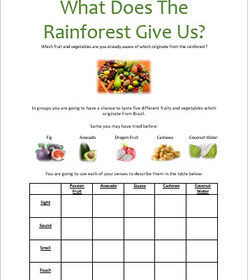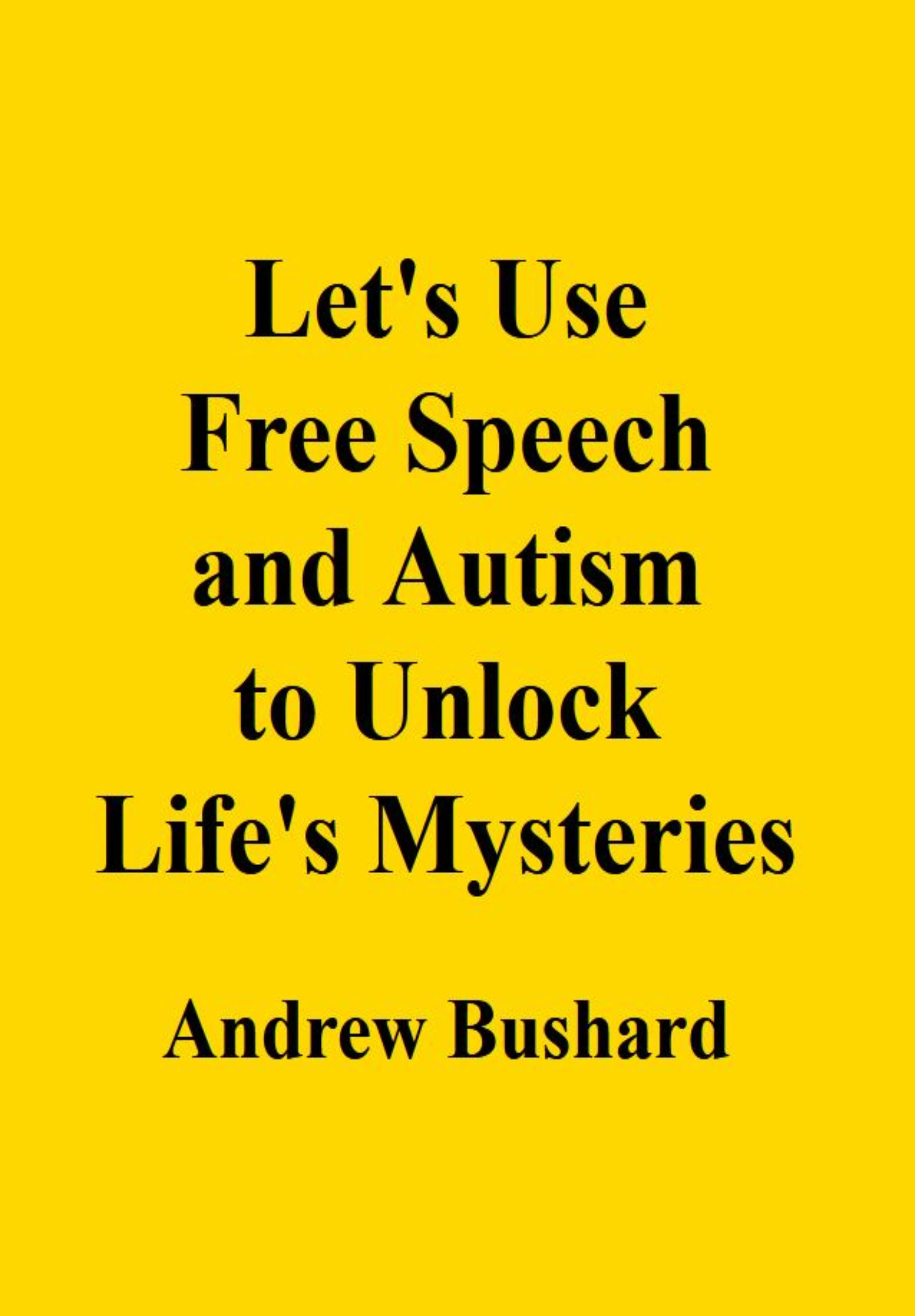Step into the foggy night where spiders scuttle, ghosts glide, slime squelches and bats flap their wings beneath the moonlight…Every moment is told through the eight senses: sight, sound, touch, taste, smell, proprioception (body awareness), vestibular (balance and movement), and interoception (internal sensations) to create a rich, accessible experience that invites curiosity and connection.
This immersive, inclusive resource is designed to support neurodiverse, PMLD, sensory, and SEND learners through poetic storytelling that honours every learner’s way of engaging.
Each poetic couplet is paired with:
Easy-to-source props that bring the story to life.
Step-by-step facilitation guidance for confident, consistent delivery.
Comprehensive learning objectives to support planning, differentiation, and assessment.
Sensory linkage notes that explain how each couplet supports a specific sensory domain.
These notes help you understand the sensory purpose behind each prop or cue and adapt activities to suit varied learner profiles with clarity and care.
Inside, you’ll find:
Halloween Fully Resourced Sensory Story
Spooky Sensory Space Ideas — for immersive environments
Pumpkin Play — from recycled sensory ideas to seed-based art
The Witch’s Larder — creepy ingredients for potion play and storytelling
Grab-and-Go Inspiration — quick, creative ideas for seasonal engagement
Whether you are exploring the ingredients in the Witch’s Larder, enjoying squishy, chilly fun with jelly and ice monsters, or relaxing with a guided meditation, this story honours every glance, giggle, and gesture.
Affirming language supports rejection and choice, while rhythmic couplets and prop play invite learners to participate at their own pace. Explore and connect in a space where every sense is welcome.
Your questions, queries, comments, and feedback are always welcome.
Thank you for looking
| Category | Other |
| Tag | Special Education |





Write a Review
Leave a reply Cancel reply